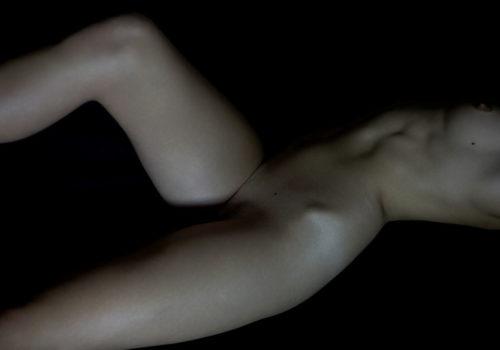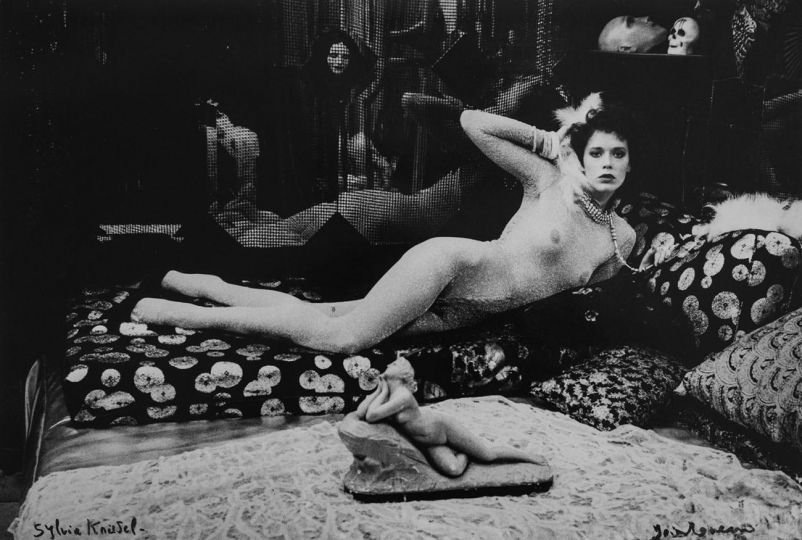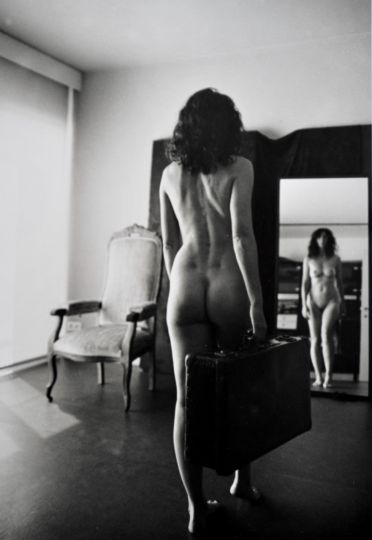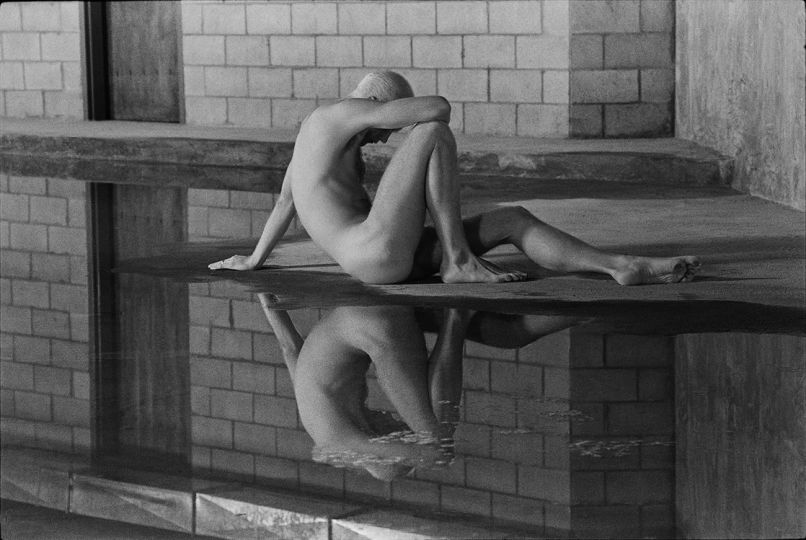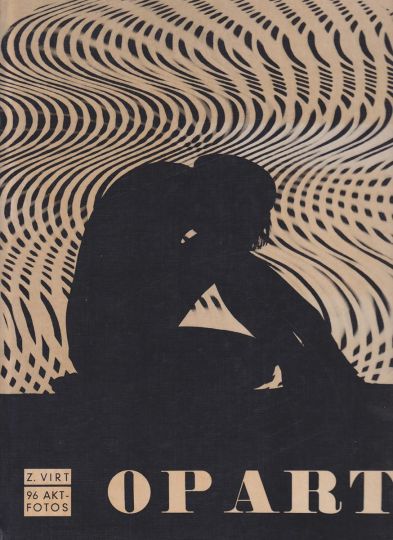Studio per una scultura
We tend to think of classical art as being unique. However, throughout the entire history of western art, human creativity and consciousness has admired the past. People have looked to it for artistic inspiration, striving to emulate perfect aesthetic models.
The Ancient Egyptians had a clear influence on the finest artists and sculptors of Ancient Greece. They, in turn, inspired the artistic culture of the Roman Empire, ultimately leading to a ‘muddling’ of original and reproduction. During the Renaissance, this resulted in a ‘classicism’ that reflected the preference for ancient art, which was seen as possessing ‘ideal’ qualities.
In the late nineteenth and early twentieth centuries, Auguste Rodin revisited those same models. He imbued them with an introspective, sensual eloquence that had never been explored in sculpture until then. His works conveyed the emotions and innermost sentiments of the human soul. Rodin’s influence on his contemporaries was so great that it endured through the generations.
Everything follows a specific order in which art and science, human impulses and creativity intertwine in pure harmony: History.
Drawing inspiration from classical sculpture, Francesco Brigida creates images that examine body language and interact with movement. Stvdio per vna scvltvra (‘Study for a Sculpture’) is the culmination of his research into the human body’s potential for representation. For two years, Brigida worked with one model, one subject. Nudity puts the body into a state of sublime simplicity and purity, preparing the subject to be photographed and portraying its movements in the flesh, as they really are. The body appears moulded, as though it were an actual, sculpted material. There is no hint of sensuality or eroticism. Using a pared-down visual language, Brigida creates images of ideal sculptures. They appear against a black background, chiselled by the light as though in a nocturnal scene. In these shots, the head seems to disappear. The face is generally considered the mirror of the soul; but looking closer, we see that all the muscles in the body express the intimate feelings of the human psyche. Stretched out limbs, a twisted torso, hands, can all smile with the same tenderness as the eyes.
Engaging with classical sculpture means training ourselves to observe nature. The Ancient Greeks always portrayed nature just as they saw it. They emphasised the main features of the human figure without suppressing the realistic details that breathe life into the sculpture, simply blending them in with the whole. Greek sculptors expressed a tenderness and sensuality in the beauty of the human form that has never been equalled by any other nation.
Using his eyes and his heart in unison, Brigida observes the model, closely analysing every movement of the body, joints and muscles. With a contemplative approach and a contemporary gaze, he shows us the life that animates and breathes warmth into the human form.

